The Logo Game is a family-friendly board game where players answer trivia questions about logos and brands to progress across the board and win.
Overview of the Game
The Logo Game is a family-friendly board game designed for players of all ages. It combines trivia questions about logos, brands, and common themes into an engaging and competitive experience. Players take turns answering questions in categories such as Picture, Pot Luck, and Common Theme, aiming to move their game piece across the board. The game is easy to set up, with a foldable board, question cards, and player pieces. Its portable design makes it ideal for both home and travel. The objective is to reach the Winning Zone and answer final questions correctly to secure victory. Fun and educational, it’s perfect for family gatherings or casual game nights.
Objective of the Game
The primary objective of the Logo Game is to be the first player to reach the Winning Zone and correctly answer the final questions to secure victory. Players achieve this by answering trivia questions about logos, brands, and common themes, moving their game piece across the board. The game tests knowledge of iconic logos and brands, with questions divided into categories like Picture, Pot Luck, and Common Theme. Correct answers allow players to progress, while incorrect ones may hinder their advancement. The goal is to combine strategic thinking with brand recognition skills to outpace opponents and emerge as the winner.
Setting Up the Game
Unfold and lay the game board on the table. Place all pieces on the START space, shuffle the question cards, and prepare for a fun, family-friendly experience.
Unfolding and Placing the Game Board
Begin by carefully unfolding the game board and placing it on a flat, stable surface. Ensure the board is fully extended and smoothed out to prevent creases. The board features a colorful path with various zones, including the START space and the Winning Zone. Position the board in the center of the playing area to allow easy access for all players. Once the board is laid out, the game setup can proceed with placing players’ pieces and preparing the question cards. This step is essential for a smooth and organized gameplay experience, ensuring everyone can see and interact with the board easily.
Selecting Playing Pieces
Selecting playing pieces is a straightforward step that adds a personal touch to the game. Each player chooses one of the six available movers, which are typically colorful and distinct in design. Ensure each player selects a different piece to avoid confusion during gameplay. Once chosen, place the selected mover on the START space located on the board. This step allows players to identify their progress easily as they move through the game. The variety of pieces ensures an equal and fair start for everyone, setting the stage for a fun and competitive experience from the very beginning of the game.
Preparing Question Cards

Preparing the question cards is essential for a smooth gameplay experience. Begin by unwrapping the box containing the 400 question cards and shuffling them thoroughly. Place the deck face down in a designated area within easy reach of all players. Each card features multiple questions categorized under “Picture,” “Pot Luck,” or “Common Theme,” ensuring a diverse range of challenges. The cards are designed to test players’ knowledge of logos, brands, and themed questions. Once prepared, the Question Master or designated player can draw cards as needed during the game. This step ensures the game flows seamlessly and keeps players engaged with fresh questions throughout.
Gameplay Basics
The Logo Game revolves around answering questions about logos and brands. Players take turns drawing cards and answering questions to progress on the board, aiming to reach the winning zone.
Taking Turns
Players take turns in a clockwise direction, starting with the youngest player or as determined by team rules. On each turn, a player draws a Question Card and attempts to answer. The Question Master reads the question aloud, and the player has a limited time to respond. Correct answers allow the player to move forward on the board, while incorrect answers may result in staying in place or losing a turn. Turns continue until a player reaches the Winning Zone, where they must answer final questions to secure victory. Team play follows similar rules, with the Question Master managing the flow.
Answering Questions
In the Logo Game, players must answer questions about logos, brands, and themes to progress. Each Question Card features three types of challenges: Picture Questions, Pot Luck Questions, and Common Theme Questions. For Picture Questions, players describe the logo or brand shown. Pot Luck Questions are general trivia, while Common Theme Questions require identifying a shared element among items. The Question Master reads the question, and the player must answer correctly to move forward. Incorrect answers result in no movement. Some questions may require multiple correct responses or describing all items listed. The goal is to answer accurately to advance toward the Winning Zone.
Moving on the Board
Movement in the Logo Game is determined by correctly answering questions. Players roll a die or draw a Question Card to determine how many spaces to move. The number of spaces corresponds to the difficulty level of the question answered. For example, a Picture Question might allow a move of three spaces, while a Pot Luck Question could allow five. Some questions may require answering multiple entries correctly to earn the full movement. Players advance their piece toward the Winning Zone, where the final challenges await. Strategic moves and accurate answers are key to reaching the end first and securing victory.
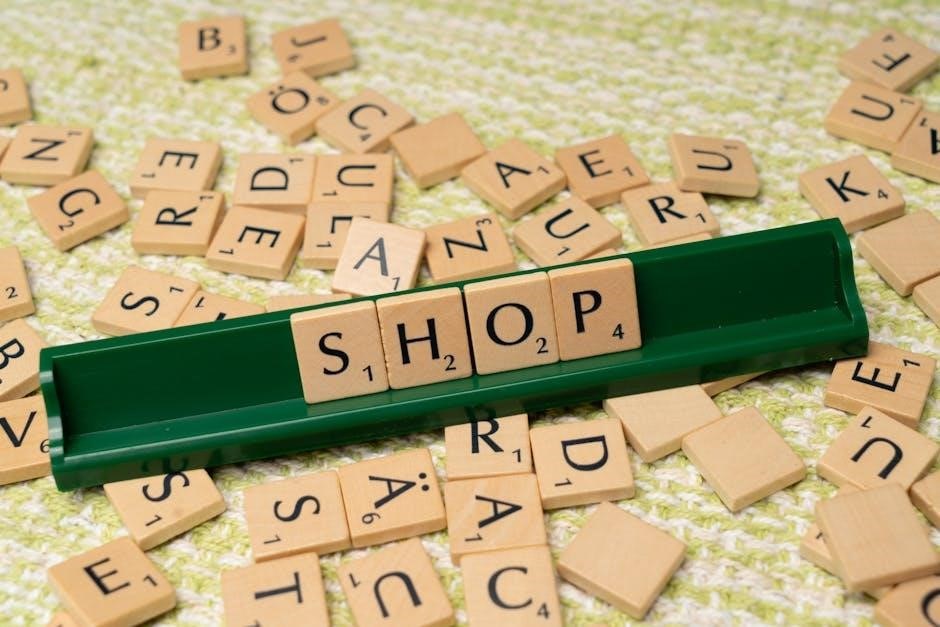
Types of Questions
The game features three question types: Picture Questions (identify logos from images), Pot Luck Questions (varied topics), and Common Theme Questions (linking logos under one category).
Picture Questions
Picture Questions challenge players to identify logos from images. Each card displays a logo, and players must correctly name the brand or company associated with it. This category tests visual recognition and brand awareness. Players take turns describing or naming the logo they see, and correct answers allow them to move forward on the board. The goal is to quickly and accurately recognize the logos to progress toward the Winning Zone. This type of question is ideal for those with a keen eye for detail and familiarity with popular brands. It adds a fun and competitive edge to the game, making it engaging for all participants.
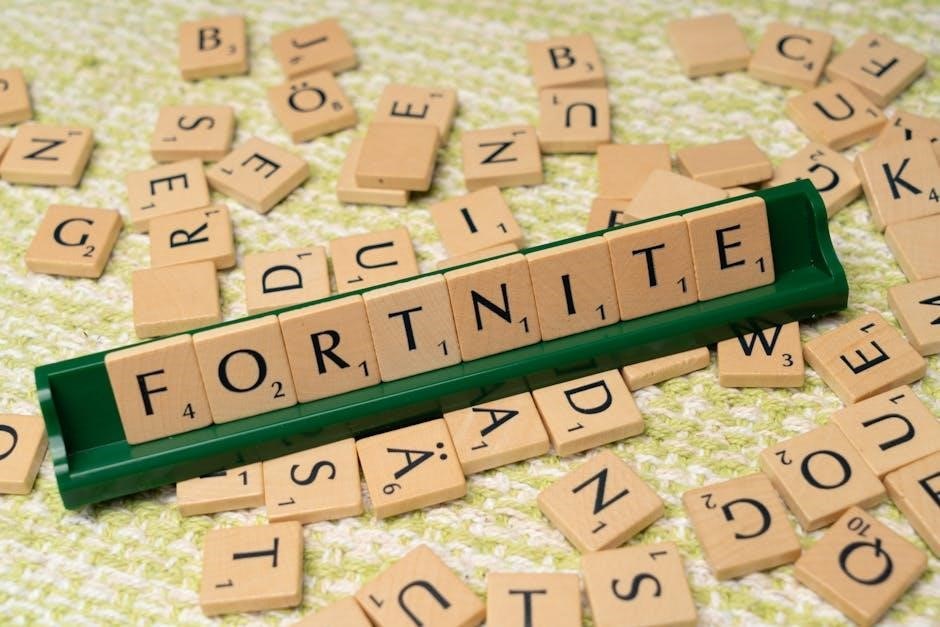
Pot Luck Questions
Pot Luck Questions are a mixed category in the Logo Game, offering a variety of logo-related challenges. These questions can involve identifying brands from partial logos, slogans, or even products associated with a logo. Players must think creatively and draw from their general knowledge of brands and marketing. This category adds unpredictability to the game, keeping players on their toes. Correct answers allow players to advance on the board, bringing them closer to the Winning Zone. Pot Luck Questions are designed to test a broad range of brand awareness and ensure that no two turns feel the same, making the game dynamic and engaging for everyone involved.
Common Theme Questions
Common Theme Questions in the Logo Game require players to identify multiple brands or logos that share a specific connection. These questions often ask players to recognize logos from the same industry, country, or category, such as “Logos of car manufacturers” or “Logos of tech companies.” Players must quickly identify all relevant brands listed in the question to earn maximum progress. This category challenges players to think strategically and make connections between seemingly unrelated logos. Correct answers allow players to move forward on the board, bringing them closer to the Winning Zone. Common Theme Questions add a layer of complexity and fun, testing both brand knowledge and observational skills.

Winning the Game
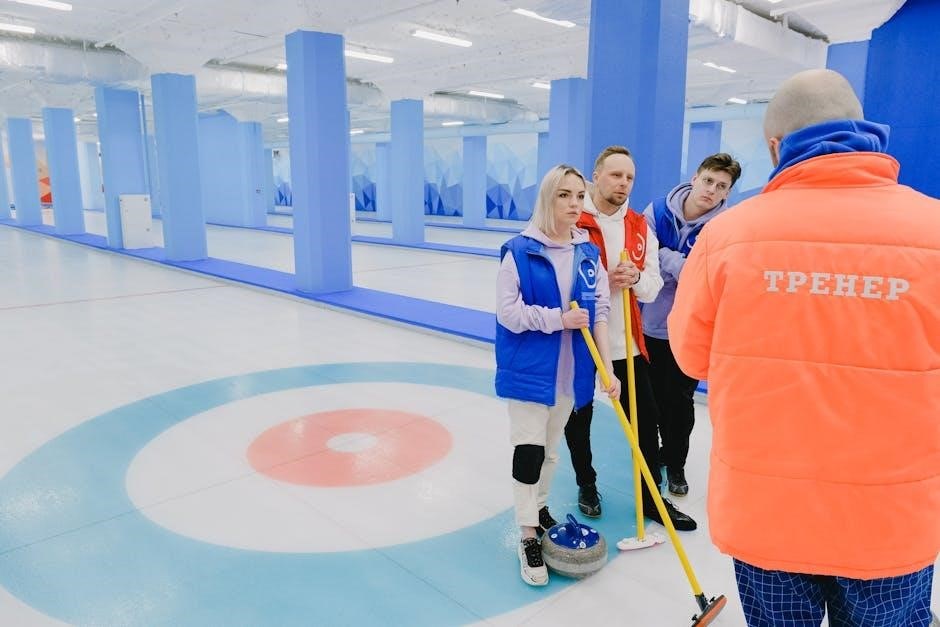
To win, players must reach the Winning Zone and correctly answer either two consecutive questions or a single Red question to secure victory.
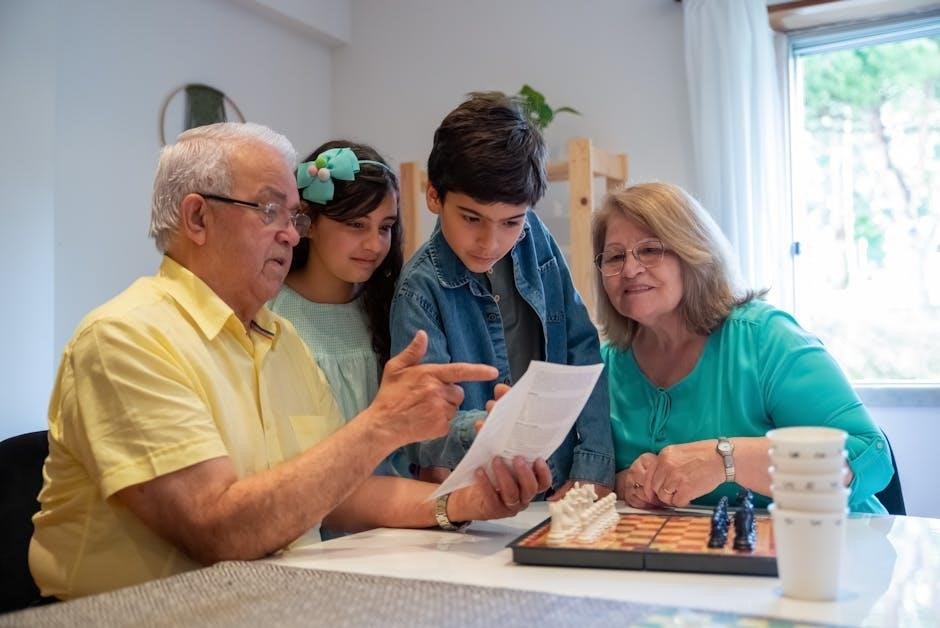
Reaching the Winning Zone
Reaching the Winning Zone is the final stage of the game, where players must demonstrate their expertise in logo recognition. To enter this zone, players need to progress across the board by answering questions correctly. Once in the Winning Zone, the challenge intensifies, requiring players to answer either two consecutive questions or a single Red question accurately to claim victory. This climactic phase tests both knowledge and strategy, ensuring only the most skilled players emerge victorious. The Winning Zone adds an exciting conclusion to the game, keeping players engaged until the very end.
Final Questions and Victory
The Final Questions and Victory phase is the climax of the game, where players must showcase their ultimate logo knowledge. Once in the Winning Zone, players face a critical challenge: answering either two consecutive questions or a single Red question correctly to secure their win. This final test of skill and strategy ensures only the most knowledgeable player triumphs. The tension builds as players must maintain focus and accuracy under pressure. Correctly answering the final questions results in immediate victory, making the conclusion of the game both exciting and rewarding for the winner.
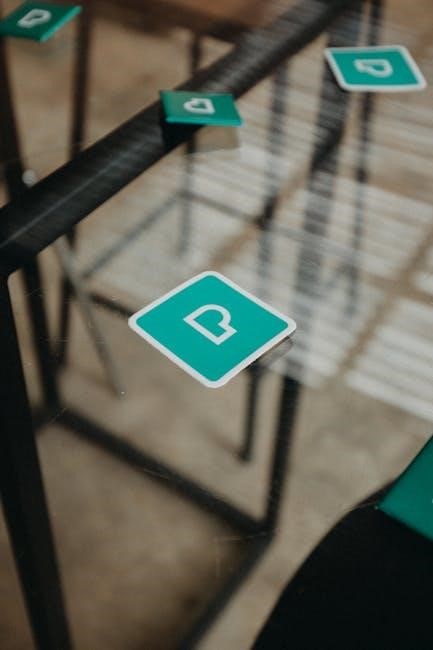
Team Play Rules
Teams are formed, with the youngest player starting first. The Question Master role rotates, ensuring fair play. Teams collaborate to answer questions and advance together.
Team Selection and Roles
Teams are formed with the youngest player starting first. The Question Master role is assigned to the oldest player from the opposing team. Teams collaborate to answer questions, with the Question Master managing the game flow and tracking progress. Roles are rotated to ensure fairness and equal participation, fostering teamwork and strategic thinking. This dynamic setup ensures all players are engaged and contributes to a fun, competitive experience for everyone involved in the game.

Question Master Responsibilities
The Question Master is responsible for reading questions aloud and managing the game’s flow. They ensure all players take turns fairly and interpret answers correctly. The Question Master also handles the question cards, shuffling and distributing them as needed. They must remain impartial, ensuring no player gains an unfair advantage. The Question Master’s role is crucial for maintaining order and enjoyment, making them central to the game’s success. This position rotates among players to share the responsibility and keep the game dynamic and engaging for everyone involved. Their clear communication and fair judgment are key to a smooth and enjoyable experience.
Additional Tips and Resources
For strategies, study popular brands and practice quick thinking. Refer to the instruction manual for detailed game rules and troubleshooting. Enhance your experience with online guides and tips.
Strategies for Success
To excel in the Logo Game, focus on recognizing popular brands and logos. Study common themes and categories beforehand. Pay attention to question details, especially in Picture Questions, where descriptions are key. Time management is crucial; answer quickly to avoid losing turns. Guess strategically when unsure, as partial points may be awarded. Observe opponents’ moves to anticipate their strengths. Stay calm under pressure, particularly in the Winning Zone, where accurate answers are vital. Practice with similar trivia to sharpen your skills. Team play? Coordinate with teammates to cover more ground. Use the Question Master role wisely to guide the game flow effectively.
Accessing Instruction Manuals
To access the Logo Game instruction manuals, visit the official product page or the manufacturer’s website. Manuals are often available in PDF format for easy download. For the Argos Product LOGO Board Game — Second Edition (768/6001), the manual can be found online. Check the packaging for a QR code or link to the digital version. If unable to locate it, contact customer support for assistance. Ensure you have the correct product code when searching. Refer to the manual for detailed setup, gameplay, and team play rules. Keep it handy for quick reference during gatherings or gameplay sessions.